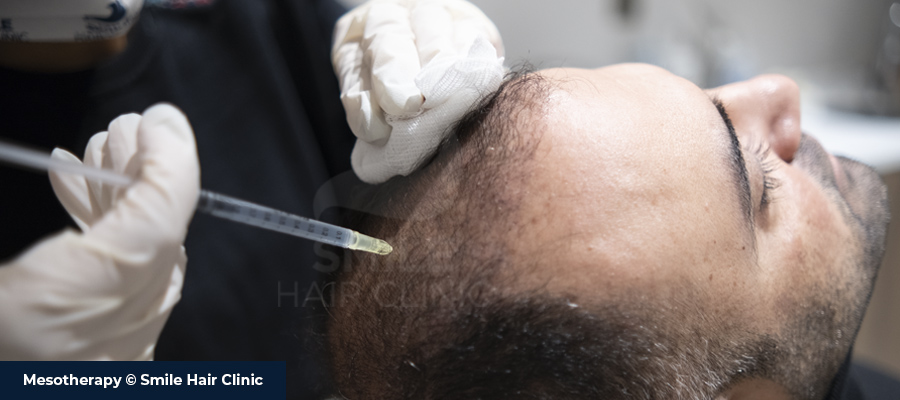Hair Transplant and Local Anesthesia

Hair Transplant and Local Anesthesia
Local anesthesia is the most stressful stage of surgical operations for many people considering hair transplantation. Some horror stories about local anesthetic drugs circulate on the Internet, and these stories delay individuals with needle phobia or pain anxiety from deciding on initiating the procedure.
Do Needles Use in Local Anesthesia Hurt?
In hair transplantation, 4 mm long insulin injectors are used while applying local anesthetic drugs. Thousands of diabetic patients use these needles safely every day. Although it causes discomfort while entering the skin, it does not cause severe pain.
What are local anesthetic drugs?
Local anesthetic drugs used in hair transplantation contain Lidocaine Hydrochloride and Bupivacaine Hydrochloride. Those containing Epinephrine are preferred in drugs containing Lidocaine. Epinephrine allows the blood vessels in the area to be applied to contract (vasoconstriction) and reduce bleeding.
According to the person’s pain threshold, the patient may feel pain while the drugs are given to the skin. On the other hand, this process is not even worth mentioning for some patients. Even some patients in their feedback state that they do not understand why some people think it is a big deal.
No patient has ever canceled the operation in Smile Hair Clinic due to the pain he/she felt during the anesthesia.
Is local anesthesia dangerous?
Every medical procedure has a risk. The important thing is to have the procedure done in an experienced clinic and to know that your doctor can handle it in any condition.
Doctors apply local anesthesia twice in hair transplantation.
Hair transplantation takes 6-8 hours, and local anesthesia takes 15-20 minutes.
The first local anesthetic drug is applied to the neck, and the sense of pain in the donor area is lost. After the end of the intake process, before the canals are opened, local anesthesia applied to the anterior region of the head is numbed in the area to be transplanted.
After the local anesthesia process, patients don’t feel pain in the hair transplant area. If they feel pain, they inform the doctor; and the doctor injects an anesthetic drug for the patient!
Since sensations such as compression and pull are transmitted through different nerves, they can be felt.
 Whatsapp
Whatsapp
